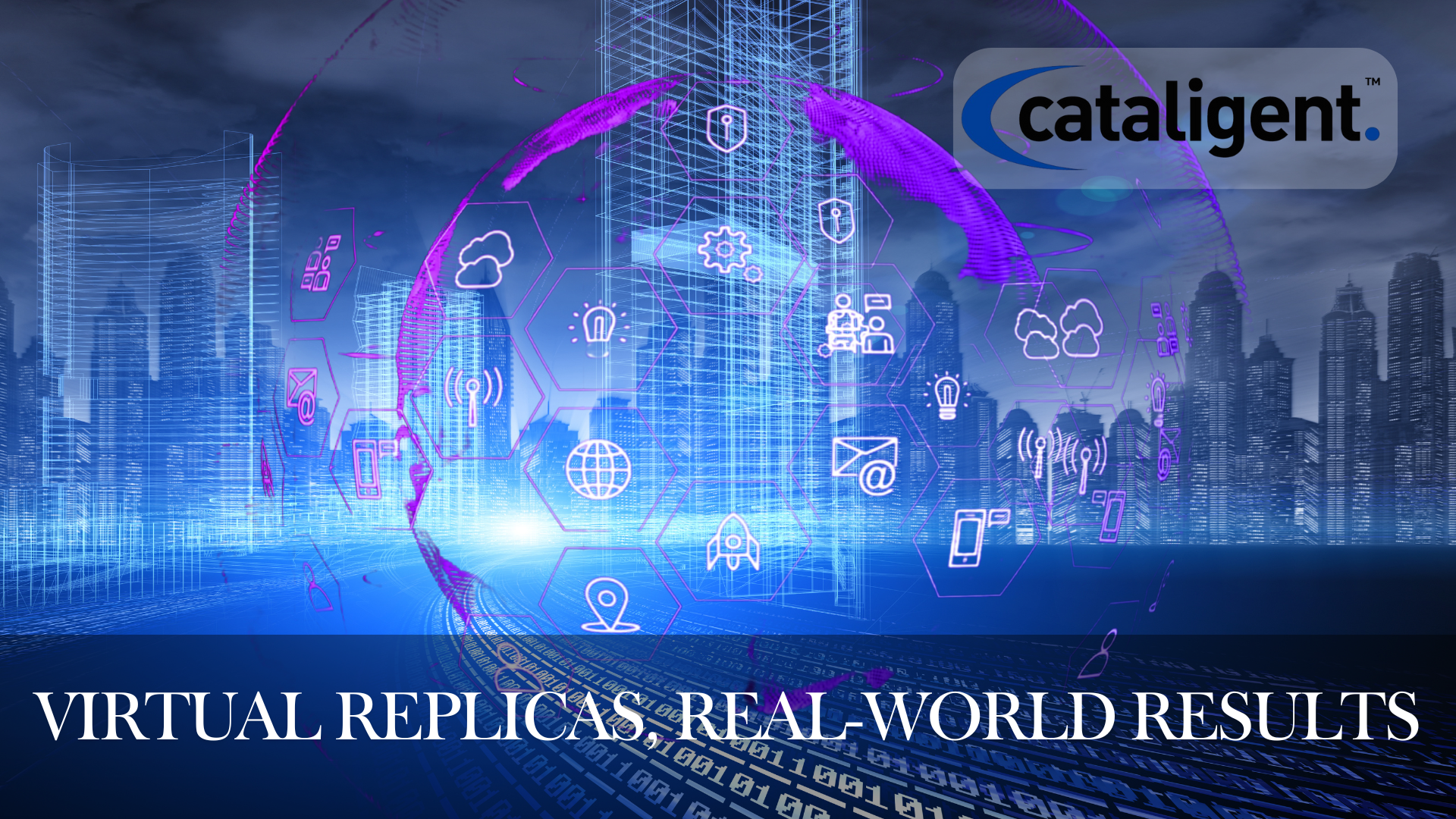Introduction
Digital twin technology is transforming industries by enabling businesses to create virtual representations of physical assets and processes. These digital models allow organizations to analyze performance, simulate improvements, and optimize operations in real time. By reducing costs associated with physical prototyping, enhancing decision-making, and streamlining operations, digital twins are revolutionizing fields such as manufacturing, logistics, and supply chain management.
What Digital Twins Involve
A digital twin is a virtual model of a physical asset, process, or system that continuously updates based on real-time data. These models enable businesses to monitor operations, test scenarios, and predict outcomes without disrupting actual processes.
Key Features of Digital Twins:
- Real-Time Data Integration – Captures and processes live data from IoT sensors, machines, and other sources.
- Simulation and Modeling – Allows businesses to test different scenarios without physical risks.
- Predictive Analytics – Identifies patterns and potential failures before they occur.
- Enhanced Decision-Making – Provides actionable insights for process improvements.
- Remote Monitoring – Enables organizations to oversee operations without being on-site.
Cost-Saving Impact of Digital Twins
1. Reduction in Physical Prototyping and Testing Costs
- Eliminates the need for multiple iterations of physical prototypes.
- Reduces material and labor expenses by enabling virtual testing before implementation.
2. Optimized Manufacturing and Logistics
- Enhances production efficiency by identifying bottlenecks and inefficiencies in real time.
- Reduces downtime by predicting equipment failures and scheduling maintenance proactively.
- Improves inventory management by analyzing supply chain fluctuations and optimizing stock levels.
3. Minimized Operational Risks
- Identifies safety hazards and operational failures before they occur.
- Enhances compliance with regulatory standards through continuous monitoring.
- Reduces costly errors and waste in production processes.
4. Improved Asset Utilization and Longevity
- Maximizes the lifespan of machinery and equipment by optimizing usage patterns.
- Prevents unnecessary wear and tear through real-time performance tracking.
- Enhances energy efficiency by identifying areas of excessive consumption.
Implementation of Digital Twins
1. Selecting the Right Technology and Platforms
Businesses must choose digital twin solutions that align with their industry and operational needs. Some leading platforms include:
- Siemens MindSphere – A cloud-based industrial IoT platform for real-time analytics.
- GE Digital’s Predix – Offers digital twin capabilities for industrial applications.
- IBM Digital Twin Exchange – Provides simulation and predictive maintenance features.
- Microsoft Azure Digital Twins – A scalable solution for enterprises seeking comprehensive digital twin capabilities.
2. Integrating IoT and AI for Enhanced Functionality
- Deploy IoT-enabled sensors to collect real-time operational data.
- Use AI-driven analytics to predict potential failures and recommend optimizations.
- Establish cloud-based data storage for seamless access and scalability.
3. Developing Digital Twin Models for Key Processes
- Identify critical assets and operations that will benefit most from digital twins.
- Create simulation models to test efficiency, risk management, and process improvements.
- Continuously refine digital models based on real-world data and insights.
4. Applying Digital Twins in Supply Chain Management
- Utilize predictive analytics to forecast demand fluctuations and inventory needs.
- Optimize transportation routes and reduce logistics costs through real-time monitoring.
- Improve supplier collaboration by sharing digital insights across the supply chain.
Challenges in Digital Twin Implementation
1. High Initial Investment
- Developing digital twins requires significant upfront costs in hardware, software, and integration.
- Companies must evaluate return on investment before full-scale adoption.
2. Data Management and Security Risks
- Handling vast amounts of real-time data requires robust storage and cybersecurity measures.
- Ensuring compliance with data protection regulations is critical.
3. Complex Integration with Legacy Systems
- Some organizations may face challenges in merging digital twins with outdated infrastructure.
- Requires careful planning to ensure seamless data flow between systems.
Best Practices for Successful Digital Twin Implementation
- Start with a Pilot Program – Test digital twins on a small scale before scaling up.
- Ensure Cross-Department Collaboration – Encourage IT, operations, and engineering teams to work together.
- Leverage AI and Machine Learning – Use advanced analytics to gain deeper insights and enhance automation.
- Continuously Update and Optimize Models – Digital twins should evolve based on new data and business needs.
- Monitor Performance Metrics – Track key indicators to measure success and identify areas for improvement.
Conclusion
Digital twins are redefining process optimization by providing real-time insights, improving operational efficiency, and reducing costs. As industries continue to embrace data-driven strategies, businesses that invest in digital twin technology will gain a competitive edge by optimizing performance, minimizing risks, and driving innovation. Successful implementation requires a strategic approach, but the long-term benefits far outweigh the challenges, making digital twins a valuable tool for modern enterprises.

